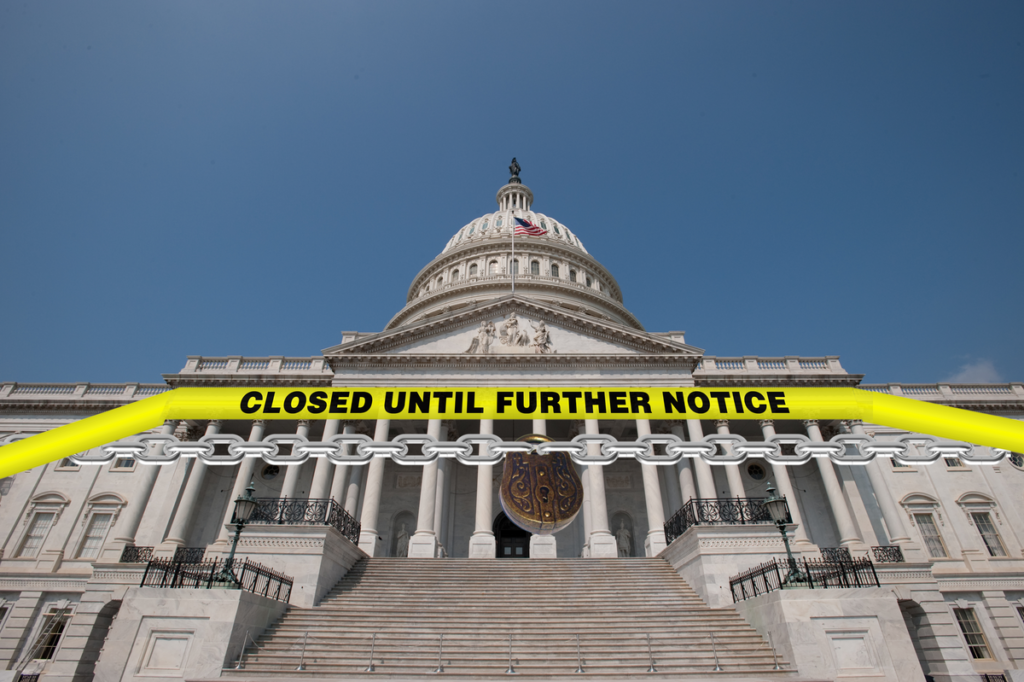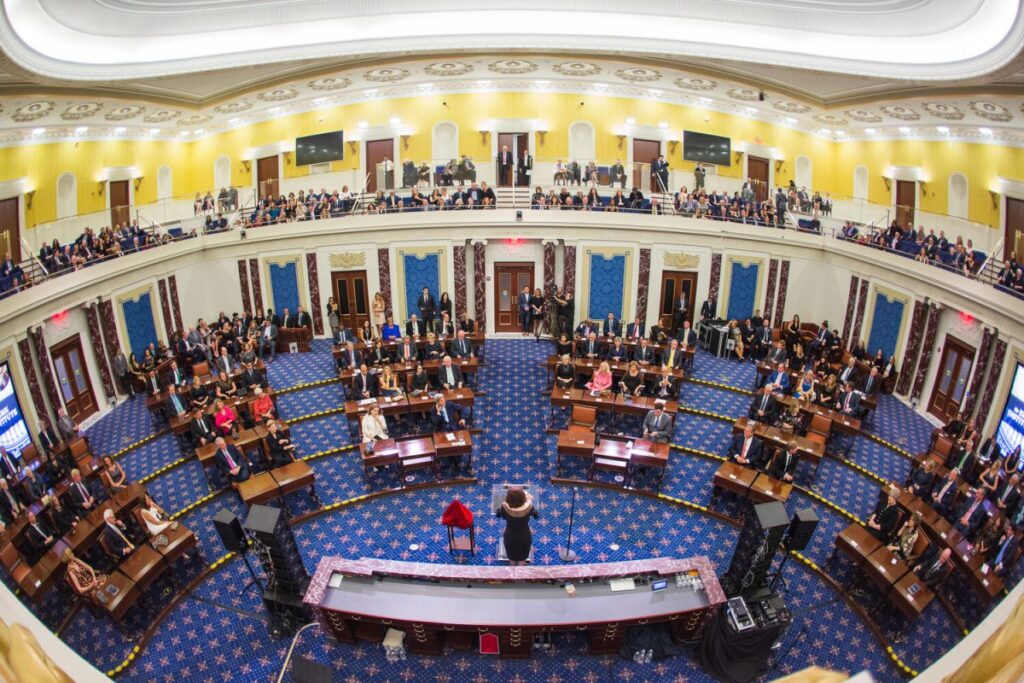As the U.S. government approaches the September 30 deadline to secure funding, there is growing concern about the possibility of a partial government shutdown.

Despite ongoing bipartisan negotiations, government agencies are now preparing for the worst-case scenario. Here’s what you need to know about the current situation, the impacts of a shutdown, and the efforts to prevent it.
What Triggers a Government Shutdown?
A government shutdown occurs when Congress fails to pass legislation that funds federal government operations. This forces agencies to halt nonessential activities and furlough employees, while essential workers continue their duties without pay. The current deadline for passing a budget is September 30, and if Congress does not act by then, a shutdown will begin on October 1.
Recent Developments
The House and Senate are engaged in bipartisan negotiations to pass a short-term funding bill, also known as a continuing resolution (CR), which would keep the government running until December 20. This temporary measure is meant to prevent immediate disruption, though it only delays a larger political debate over long-term funding until after the November elections.
House Speaker Mike Johnson has expressed that while this is not an ideal solution, it is the most practical option for now. Lawmakers will continue to debate more comprehensive spending bills after the election. The CR also includes additional funding for the U.S. Secret Service following two recent assassination attempts on former President Donald Trump.

Potential Impacts of a Shutdown
If a shutdown occurs, several government services will be affected:
- Federal Workers: Approximately 872,000 federal employees could be furloughed, while another 1.4 million essential employees, including military personnel, may have to work without pay.
- Public Services: National parks and monuments may close, passport and visa services may slow, and Head Start child care programs could lose funding.
- Social Security & Medicare: These essential services will continue, but there could be delays in reaching representatives for assistance.
- Air Travel: While air traffic controllers and TSA agents would continue working, there may be delays due to staffing shortages.
The Political Landscape
Government shutdowns are often unpopular with the public, especially during an election season. Former President Donald Trump has encouraged Republicans to shut down the government unless a bill requiring proof of citizenship to vote is included. However, many lawmakers, including Democrats and some Republicans, argue that such a measure is unnecessary and would only cause more harm.
Leaders from both parties are working to avoid a shutdown, but with such high political stakes, the situation remains fluid. As the deadline nears, the risk of a shutdown remains a possibility if an agreement isn’t reached soon.
With the deadline just days away, the U.S. government is in a race against time to avoid a shutdown. While a short-term funding extension may avert immediate disaster, the longer-term challenges of securing bipartisan support for a full budget still loom large.